What does scholarly research on World Literature really look like? Are scholars of World Literature primarily accessing and analyzing the materials that are easily available at their host-institutions and over the internet or does this scholarship still necessitate either the travel of researchers or the transportation or research materials? The MULOSIGE team takes fieldwork to be an vital component of this discipline in part because non-anglophone and particularly non-Latin script literature is still not as widely available in digital formats. In this post, Fatima Burney interviews David Hirsch, the former librarian for Jewish, Middle Eastern, Central Asian, South Asian, and Armenian Studies at UCLA, on matters related to archival resources in Urdu.
Archival Research in World Literature
UCLA’s recent acquisitions in nineteenth- and twentieth-century Urdu print materials offers a rich resource for literary scholarship on modern South Asia
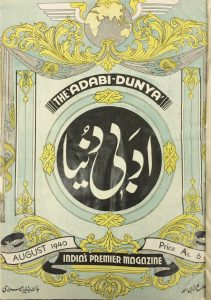
Adabi Dunya Journal, August 1940
MULOSIGE’s Fatima Burney met with David Hirsch when he was working as UCLA’s Librarian for Jewish, Middle Eastern, Central Asian, South Asian, and Armenian Studies, to talk about a collection of nineteenth- and twentieth-century Urdu materials that the University of California Los Angeles recently acquired. In addition to discussing the collection itself, David shares insights on other notable Urdu archives, challenges to working with archives in Urdu and the different processes through which library materials are accessed, imported, and cataloged in the United States.
This collection is particularly relevant to MULOSIGE on account of its focus on North Indian literary journals of the late nineteenth-century and twentieth-century including prominent literary magazines for the study of World Literature such as Adabi Dunya, ,Oriental College Magazine, Nigār, Lail-o nahār, Āj kal, and Nairang-e Khayāl . These journals give us a window into how writers, editors, and readers writing in Urdu conceived of World Literature. Moreover, the physical relocation of this collection from Chakwal, Pakistan to Los Angeles, California demonstrates how the significant geographies of World Literature are continually re-determined by shifts in institutional support and global purchasing power. In acquiring and processing this private collection, UCLA’s library will help scholars bring the vantage-point of twentieth-century Urdu print journals into current debates on World literature while also radically re-determining the significant geographies within which this material will now circulate.
Magazine issue on the Olympics which took place in Moscow in 1980
F: And how did you find out about this collection? What do librarians and Universities look for in collections when they decide to acquire?
D: The collector contacted me directly and was interested in selling it, it was a long process but we were eventually successful in overcoming the hurdles. In terms of what universities look for in a new collection, well I think that it should fill a need that isn’t already being met by the library. It also should not be heavily duplicative so if the collection consists of anything more than twenty percent of materials already housed in a library, it’s unlikely a library will want to acquire it.
F: I imagine it also helps if the specific university acquiring a collection has the research expertise for the new collection such as scholars, academics and graduate students trained in relevant fields.
D: Yes, exactly. We need to have the research interest either on the part of graduate students or faculty. We also have to make sure that we have the staffing needed to process the collection – that was one of the major challenges of this collections was making sure we could find staff that could not only speak Urdu but could read Urdu, Romanize Urdu into Latin script using the library of congress system of transliteration (https://www.loc.gov/catdir/cpso/romanization/urdu.pdf) so that it can be searchable in our nationwide databases OCLC, which is the librarian equivalent of WorldCat.
The magazines in this collection offer a window into the visual culture of twentieth century print publishing.
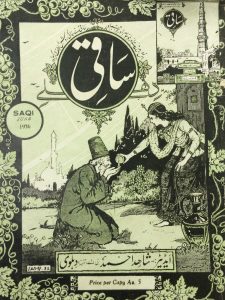
The magazines in this collection offer a window into the visual culture of twentieth century print publishing
F: And would you say that the larger south Asia collections tend to be primarily at Universities?
D: Absolutely, also depending on how much time and funding a researcher has available there are, of course, some excellent collections available in Pakistan. Unfortunately, they are not online yet so it’s difficult to try and found out what libraries hold from abroad but this is something which may change partly as a result of a recent trip I took in Pakistan.
Particularly in relation to Urdu, there are some major collections in Pakistan. There is the Anjuman-e taraqqi-e urdu in Karachi and the Majlis-e tarraqi-e adab in Lahore as well as collections held by universities. Unfortunately, they have not been cataloging according to American or international standards for machine readable cataloging also called MARC. One of the things we’re trying to encourage Pakistani librarians to do is try and adopt a national standard
[This interview has been edited and condensed for clarity]
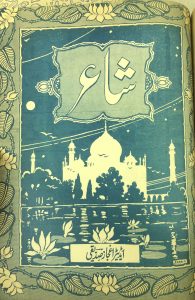
In addition to articles, short stories and poems, the magazines in this collection offer a window into the visual culture of twentieth century print publishing.
F: Hi David, thanks so much for taking time to speak to us. I wanted to talk to you about the new Urdu collection that UCLA acquired in 2016, much of it has already been processed and some of it is still being processed for. To begin with, could you tell me a little bit about the size of the collection and what you would describe as its strengths.
D: Hi Fatima. We processed 3000 books and 5000 serial issues from a private collector in Chakwal, Pakistan and I’d say that the majority of the collection is literary in nature — so literature and poetry are probably the strongest areas — and much of the collection consists of general periodicals, magazines, and journals. There are some other interesting materials such as safarnāme or travel diaries (https://en.wikipedia.org/wiki/Safarnama) from the nineteenth-and early twentieth-century too.
Marginalia: In addition to articles, short stories and poems, the magazines in this collection offer a window into the visual culture of twentieth century print publishing.
F: That’s sounds like quite a labor-intensive process.
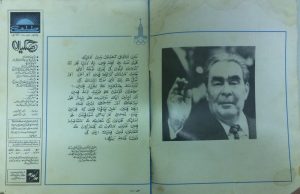
Magazine issue on the Olympics which took place in Moscow in 1980
D: Yes, very labor intensive. Cataloging doesn’t entail Romanizing the titles however you feel like it. There is a definite standard that we have to adhere to in order to make sure that the materials can be searched correctly and are accessible in a standardized fashion. It used to be, ten years ago, that we would catalogue any non-roman language, be it Arabic or Persian or Urdu, we would catalog it in Romanized form only but now we would also add the vernacular Urdu script. So, both scripts are present in our new record so students can search both in the Urdu script or the Latin script. To get the fullest result of UCLA’s collection you would want to search in both scrips because the old records are still only in Latin script whereas the news ones are in both scripts.
F: And, I’m guessing, most of this collection will be kept in on off-site storage facility so you wouldn’t be able to browse through titles on the shelves. I imagine that makes correct Romanization especially crucial because if you can’t find the books on the online catalogue/record then they are basically invisible.
D: Exactly, I would say that approximately, or at least half of our non-roman books are kept in SRLF – which stands for Southern Regional Library Facility — since they are not that regularly used. This facility is on the other side of the UCLA campus. To assist with materials in this facility, students can request materials ahead of time either from UCLA’s library or from their own offices and homes. If someone, for instance, is planning to come here from overseas, they can order the books and have them waiting for them once they arrive.
F: We’ve discussed the labor that goes into cataloging a collection once it has arrived at the library but I imagine the process of bringing a collection from an overseas location is its own challenge. This collection, for example, was brought from Pakistan. Can you tell us a little bit more about that process?
D: It was quite an effort. First of all, you have to arrange for the funding. I was very lucky, our administration provided me with the funding for the collection. Now, in addition to the cost of the actual books there is the cost of shipping and the packing. You don’t just throw materials into the box, they have to be wrapped very carefully so that they’re not destroyed on their way from Pakistan to the United States. And then there are a lot of bureaucratic steps involved with bringing a collection out of Pakistan. All books have to be inspected for pests, any kind of live insects or other vermin. They also have to be inspected for anti-Pakistan content and anti-Islamic content. After you have gone through all of those steps, you have to go through the shipping procedures and that also requires certain approvals from the Pakistani government -especially for a collection of this size.
F: What other collections outside of UCLA do you think would be of interest to researchers working in South Asian literature and history.
D: Well, there’s a strong collection at Berkeley in fact they’re much older in terms of collecting Urdu materials than we are. And if a student at UCLA is interested in getting material from Berkeley, they can do so with relative ease and it should arrive within a matter of days usually using the interlibrary loan system that connects the libraries of the UC system. Stanford has a growing collection and they have a dedicated South Asia librarian as does Berkeley so Stanford is growing in addition to University of Chicago, Columbia and the University of Texas. So those are some of the strongest collections for South Asia, though I don’t know if all of them collect in Urdu
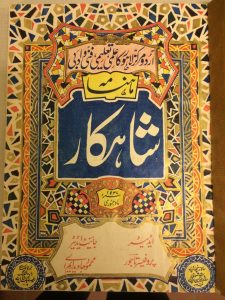
Front page of Journal Shahkaar
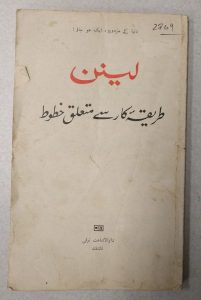
Some Urdu publications that were printed in Moscow and Tashkent
F: So there isn’t a national standard in Pakistan currently?
D: No, there is no national standard yet.
F: What specific kinds of difficulties does this create for research in Pakistan?
D: Well, there is no union catalogue that covers the whole of Pakistan. We are fortunate that in the United States we have WorldCat, which is available to the public, and OCLC so all libraries in the states and many overseas libraries follow these international standards and then they input these records in a format that other people can find. There is no such system in Pakistan, so far. There are a couple of library associations that are working on creating standards but it could take some time. The national library could take a stronger role than it is right now.
F: Could you tell us more about your recent trip to Pakistan and what you were working with librarians on there.
D: I was invited along with my colleague at Stanford University, Ryan Perkins, and with one of the representative of the library of congress in Islamabad, Hamid Ahmad. We presented a series of lectures and workshops on cataloguing and the importance of standards. How do you establish names, for instance, in order that they be easily accessible for a user? How do you distinguish between people that have the same name or people that have changed their name — so they may have had a maiden name, pen names, pseudonym or trademarks.
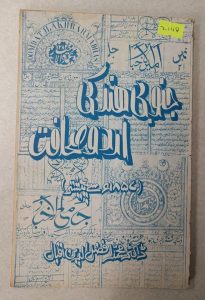
Some Urdu publications that were printed in Moscow and Tashkent
F: So, again, you’re really focusing on the issue of standardization.
D: Yes. There needs to be a corpus of people that are interested in establishing the standards in Pakistan. This is what we impressed upon our audience. It’s a struggle but we’re working on it. Actually, I gave a course together with Ryan Perkins and Hamid Ahmad for about twenty-five Pakistani librarians from the Karachi area as well as from Gwadar and from Balochistan. We had representative from the Anjuman-e tarraqi-e urdu, from the Sindh Archives, and from the Baluchistan archives. We had a wonderful time and I think they realize the importance of standards and why we go to the trouble of trying to make things uniform.
F: So perhaps we can accept to see some flurry of activity on this front in the future?
D: I hope so.
F: Lastly, are there any journals or books that students who are particularly interested in issues of archiving and library science in Urdu could read to get acquainted with the field.?
D: There is a journal of Pakistani librarianship, I believe, but most students don’t begin with an area studies library science focus. They start out with general librarianship where you start out with cataloging, collection development, reference skills i.e. how do you find out what a person is really asking for – that’s a major scope because lots of people come to visit a library without knowing what they really need. Taking a general library science course as a MA degree is very important. Once you’ve taken the basics in cataloging and collection development than you can try and intern with a librarian whose working with cataloging. Some are willing to accept interns and apprentices but not everyone is because it takes a lot of time to train someone. The theory is important and that gives you a basis but once you start the practice you’ll say “Oh that’s why they were teaching me that”. It all starts to fit together.
F: Thank you, David, for giving us a window into some of the practices that facilitate the circulation of literary materials, like this collection. I’m sure it’s going to prove extremely fruitful for scholars working in Urdu and, particularly, World Literature.
D: I’m really looking forward to watching the collection being used. Most of the material will be available through inter-library loan. We’re a public institution and we see our role as a facilitator of access as extremely important.
To browse a record of this collection, which is categorized as the Urdu Monographs Collection at the UCLA library, readers can look here.
Special Thanks to David Hirsch and Nicole Casner for providing access to materials as they were being processed.


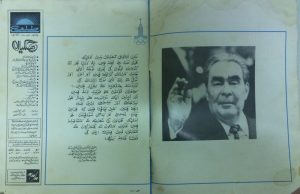
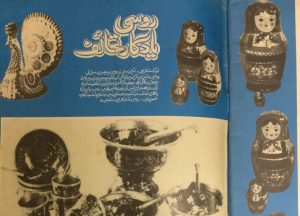
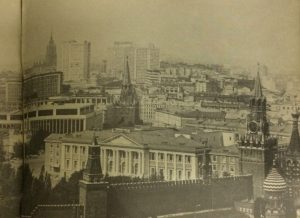
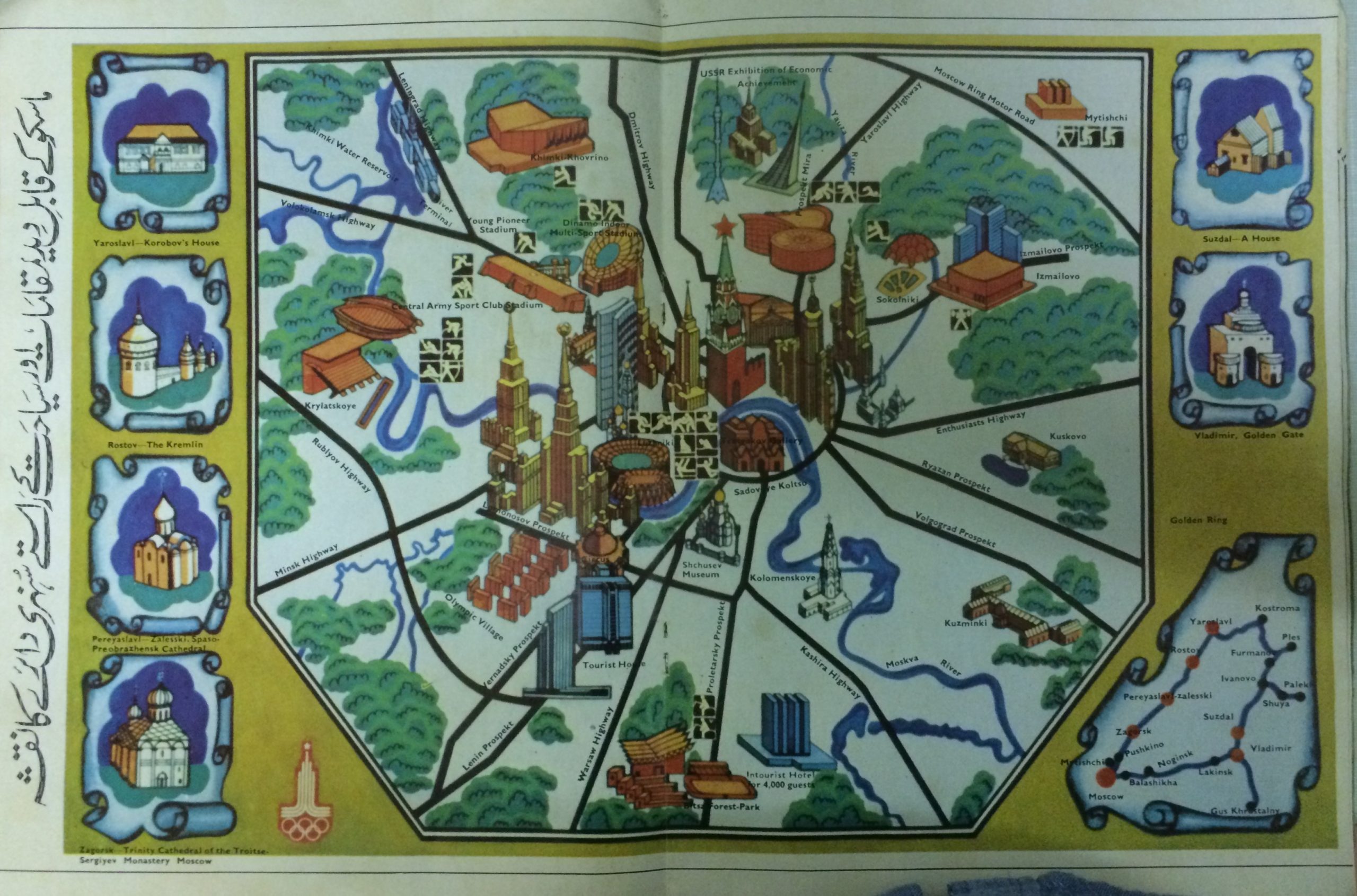
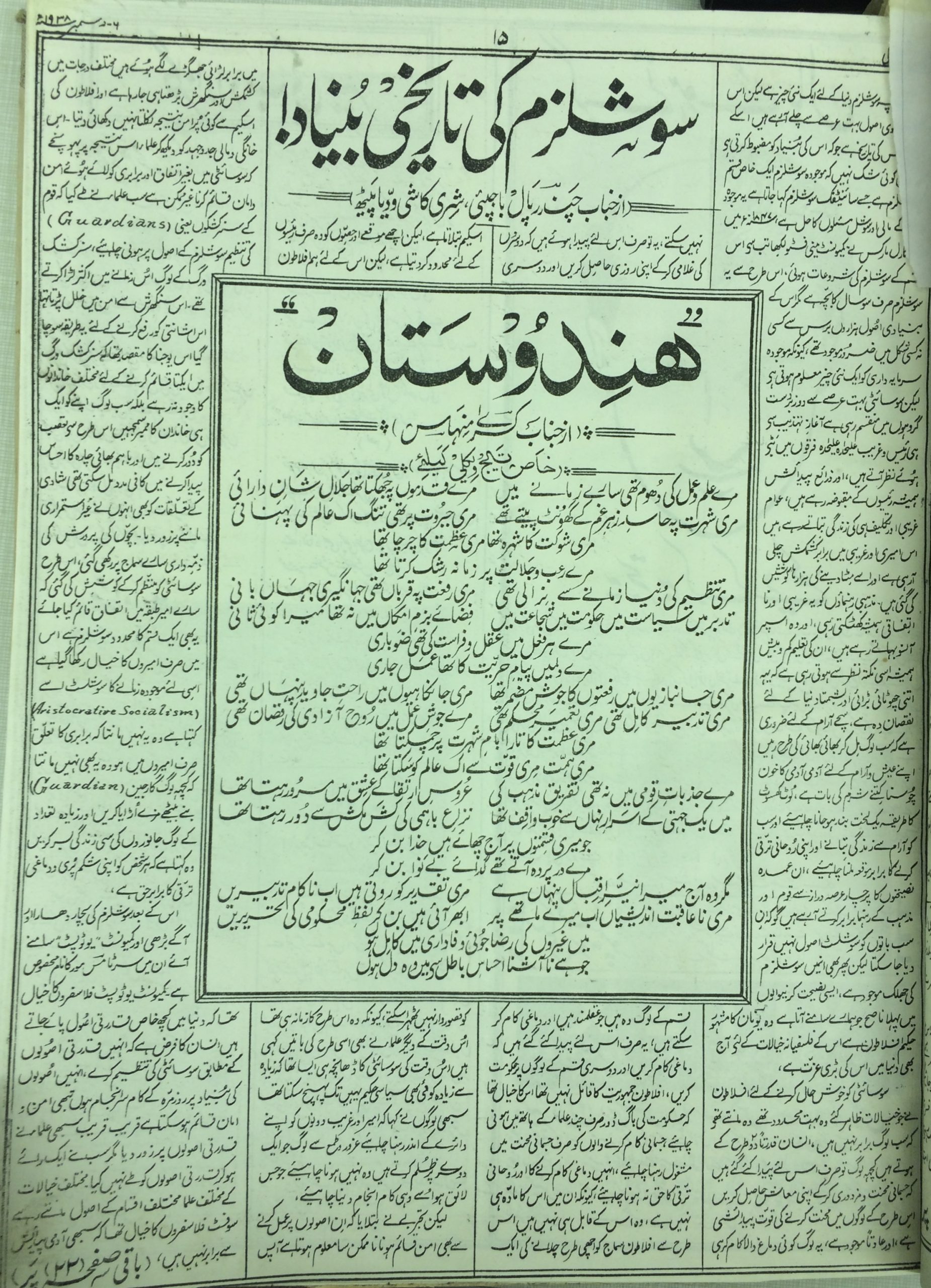
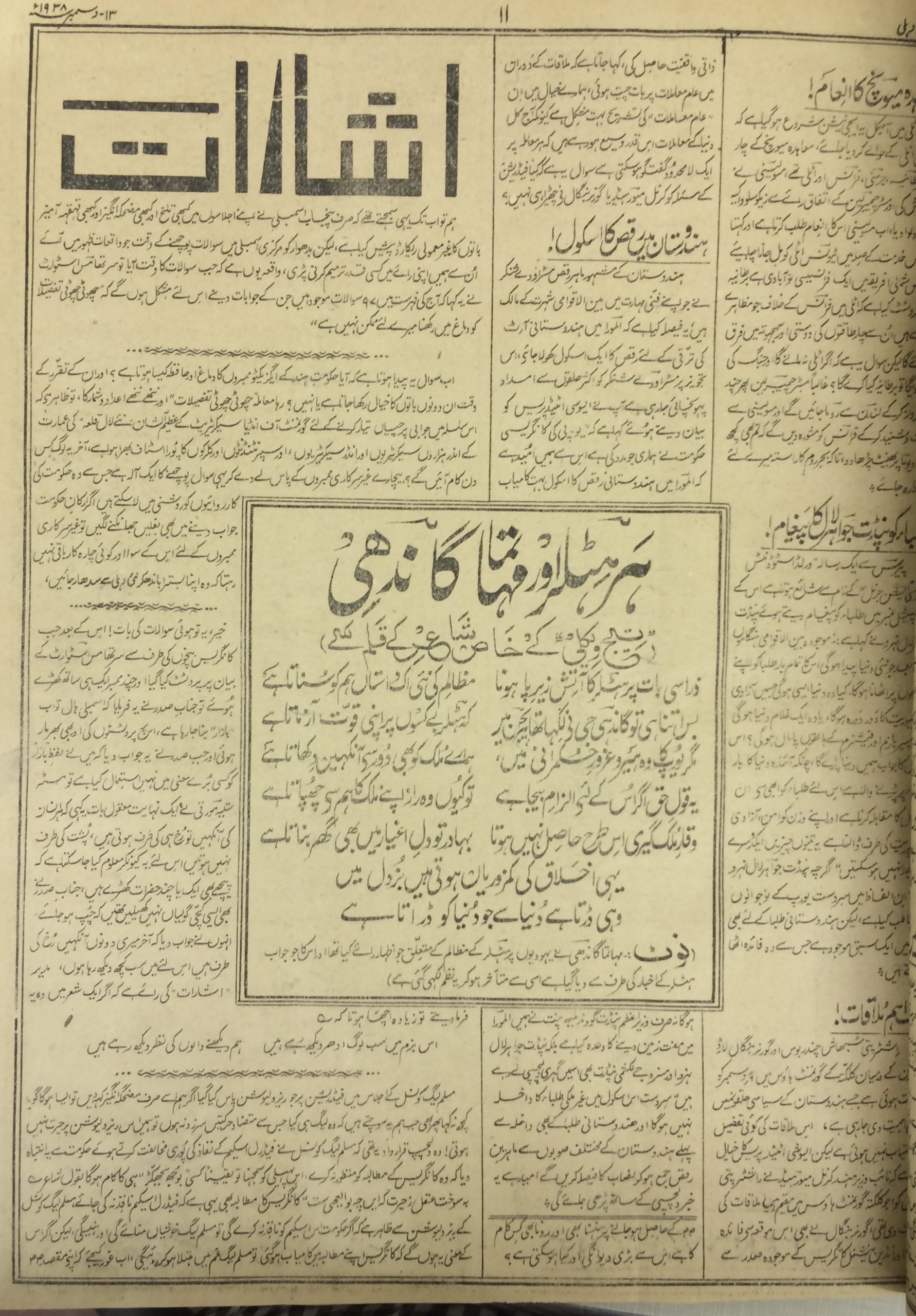
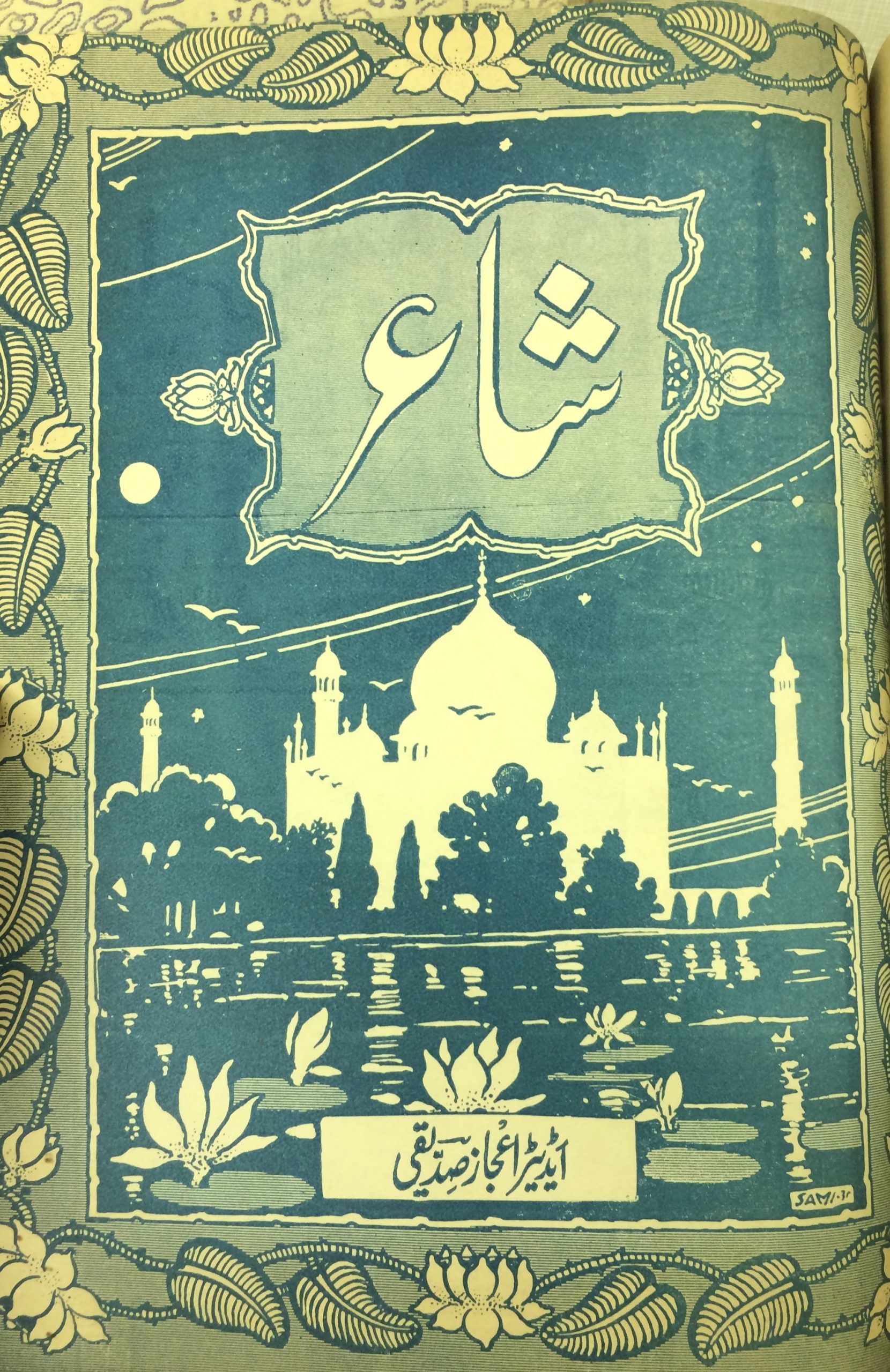
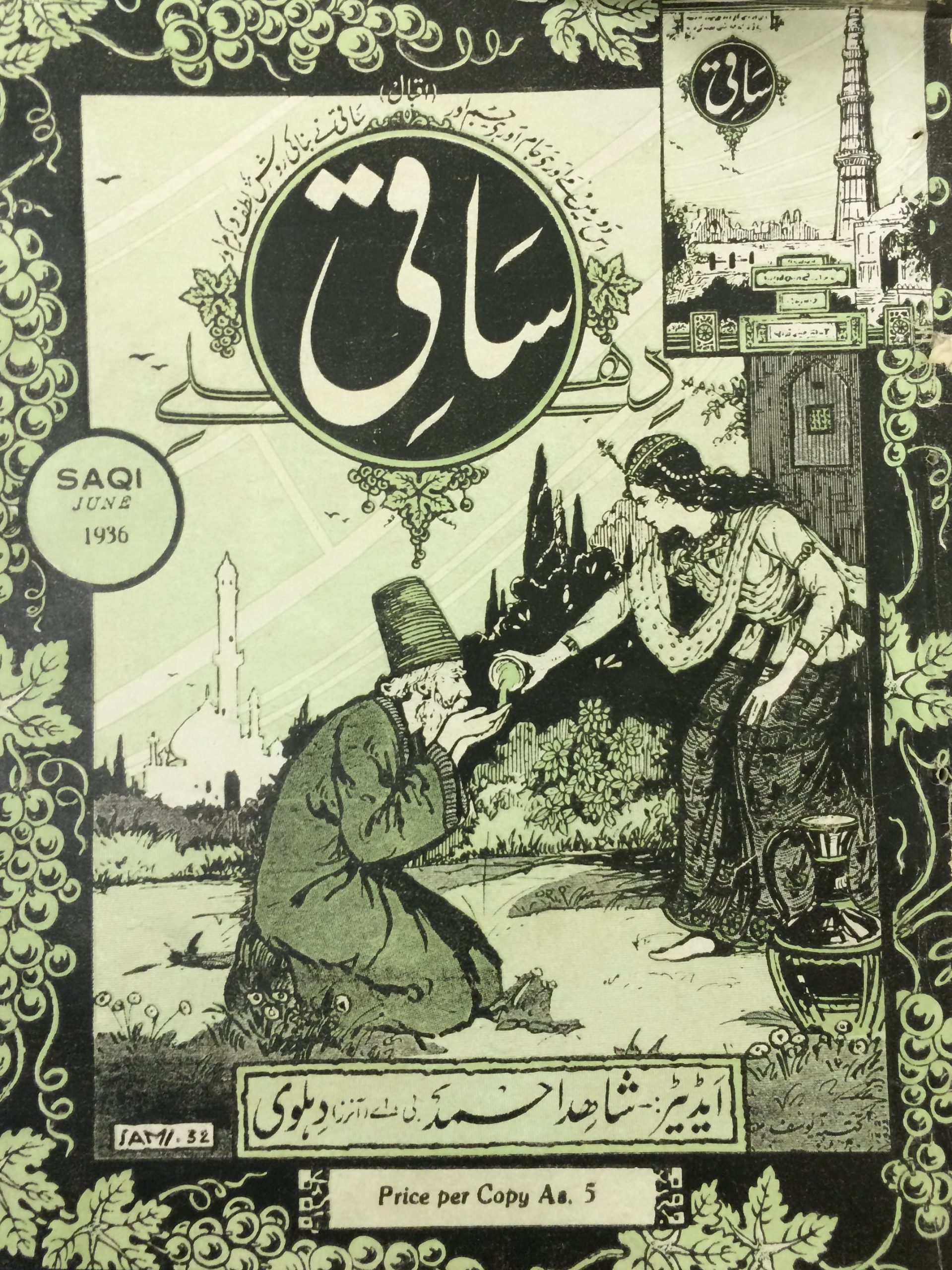

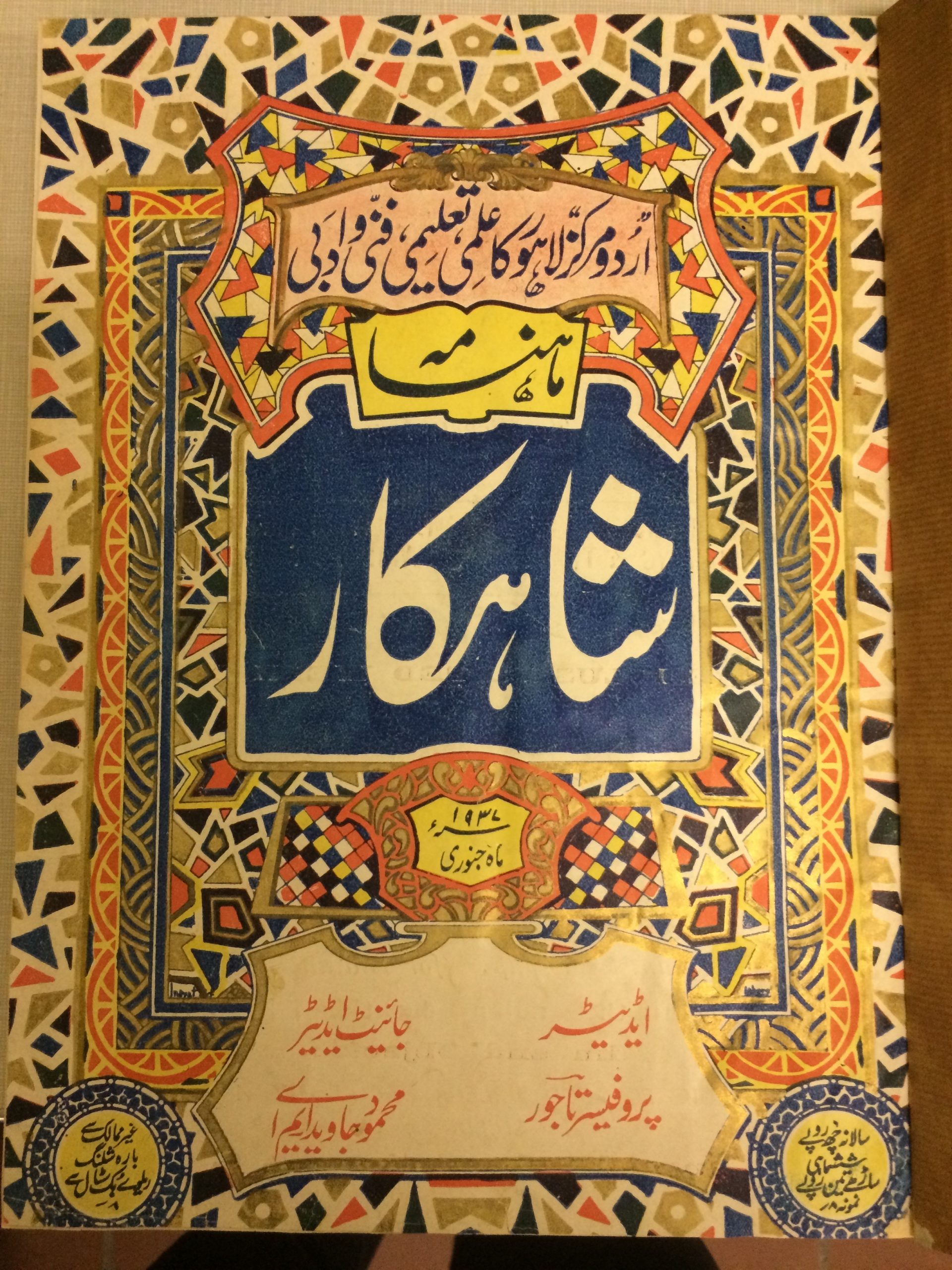
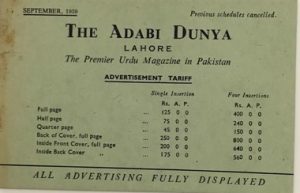
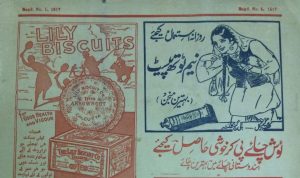
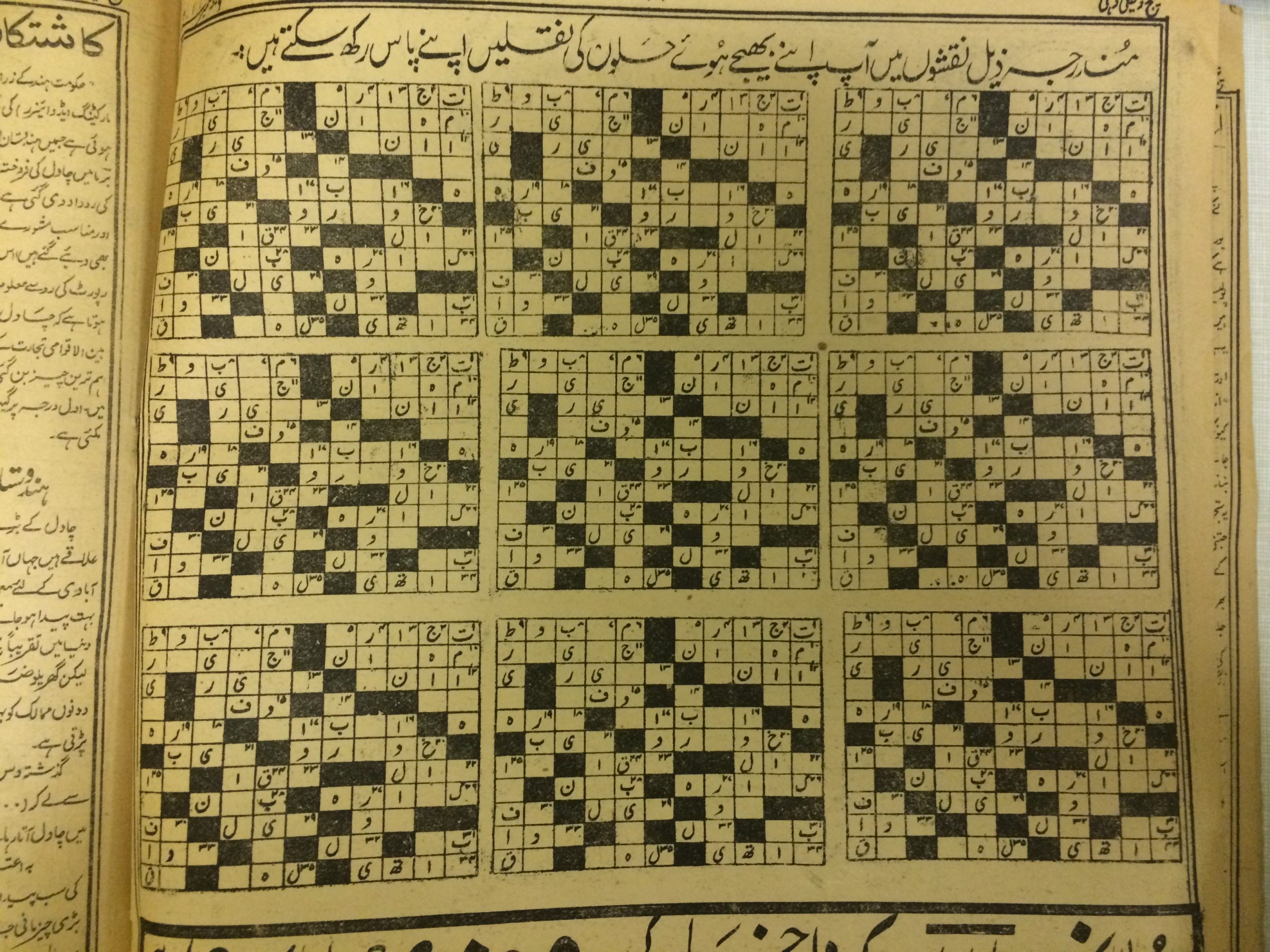
Leave a Reply